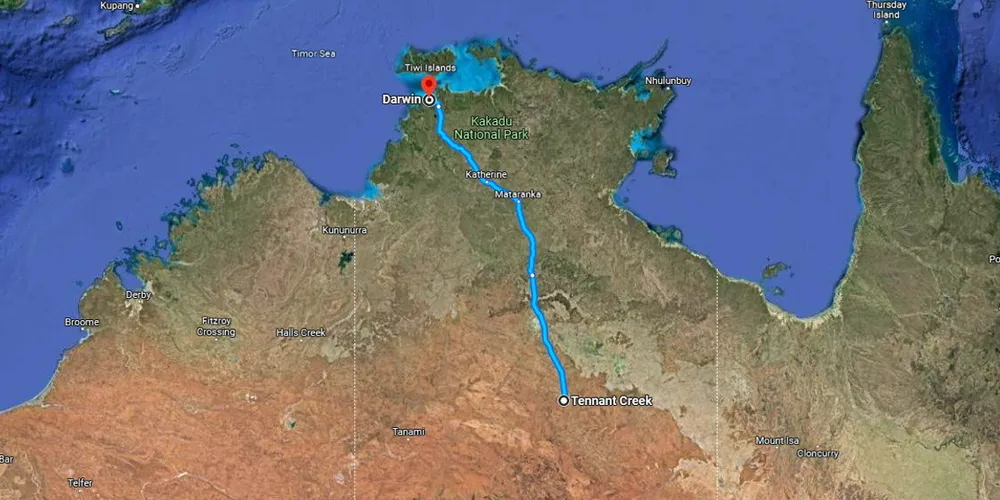Is extracting water from air the cheapest option for desert-based green hydrogen projects?
Proprietary equipment will reduce the cost of renewable H2 produced at 10GW project in Australian outback, says developer

Proprietary equipment will reduce the cost of renewable H2 produced at 10GW project in Australian outback, says developer
